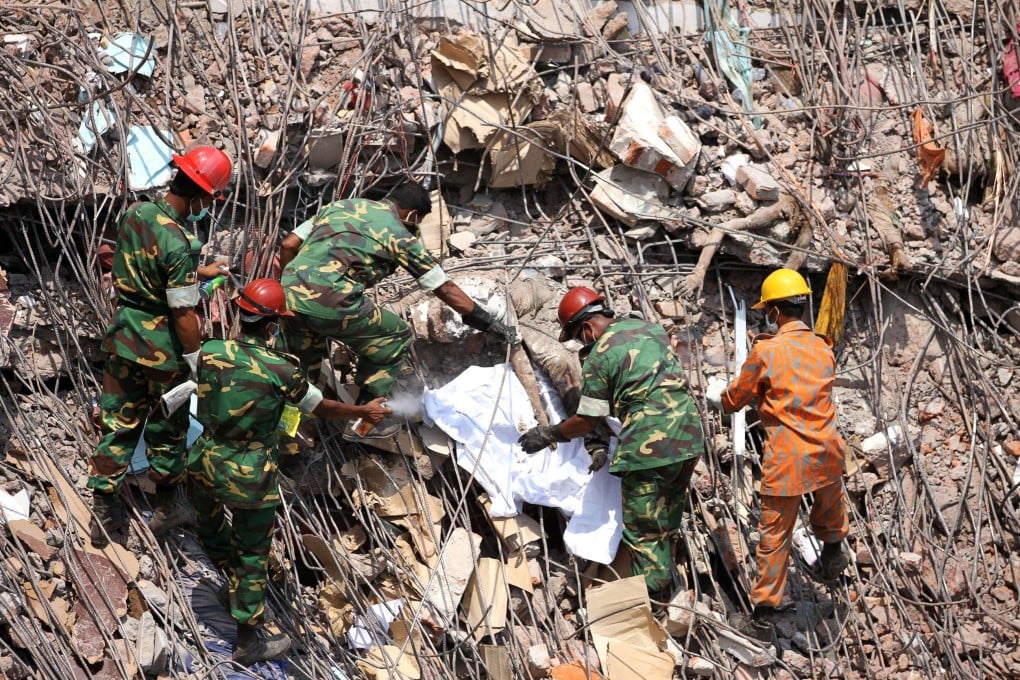Collapsed Bangladesh building not 'designed' for factory-use, says architect
Masood Reza, a leading Bangladesh architect and a professor at a state-run university, said he felt “pain and anguish” when he saw footage of the garment workers trapped under the pancaked floors, crying desperately for help.

The Bangladesh building that collapsed last month killing more than 570 people was designed to be used for a shopping mall and commercial offices such as banks, not for factories, the architect told news agency AFP.
Masood Reza, a leading Bangladesh architect and a professor at a state-run university, said he felt “pain and anguish” when he saw footage of the garment workers trapped under the pancaked floors, crying desperately for help.
He accused building owner, Sohel Rana, now facing charges of death due to negligence and violating construction laws, of ignoring the basics of structural engineering that resulted in the country’s worst industrial tragedy.
Reza, 42, said his firm designed Rana Plaza in 2004 and the original design had provision for six floors, not the extended nine storeys, and they were not meant for carrying big loads such as generators.
“When we designed the building, the owner and the developer never told us that the floors will house garment factories,” Reza said.